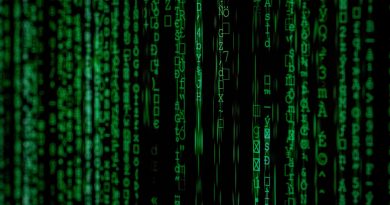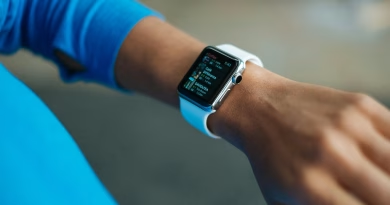“Why Is My New Computer Already Slow?” — The Plague of Bloatware Explained
It’s one of the most baffling and frustrating experiences in all of technology. You’ve just spent a good chunk of money on a brand new, powerful laptop. You unbox it, revel in its pristine condition, and turn it on, expecting blazing-fast speed.
But within an hour, something feels wrong. Pop-ups for software you’ve never heard of appear. The system feels hesitant and sluggish. It already feels… slow. You start to wonder, “Is my new computer a dud?”
The problem likely isn’t your hardware. Your new PC is probably just fine. The problem is that it came from the factory already infected with a plague of unnecessary, resource-hogging software known as bloatware.
What is Bloatware? The Unwanted Houseguests
Bloatware is the catch-all term for all the non-essential software that PC manufacturers are paid to pre-install on the computers they sell. Think of it like buying a brand new car and discovering the trunk is already full of junk and the dashboard is covered in advertisements.
These unwanted programs are the reason your new PC feels old, and they exist for one reason: money.
The Unholy Alliance: Why Your New PC is Pre-Clogged
The profit margins on selling PCs are incredibly thin. To boost their profits, manufacturers like Dell, HP, Lenovo, and others make deals with software companies. A software company will pay the manufacturer a fee to have their application pre-installed on every machine that ships.
They are betting on the fact that a certain percentage of users will either get annoyed enough by the pop-ups to pay for the full version of the software, or simply won’t know how to uninstall it. It’s a business model that sacrifices your user experience for their bottom line.
The Rogues’ Gallery: Common Types of Bloatware
- Trialware: This is the most common category. It includes time-limited trials for paid software, most notoriously antivirus suites like McAfee or Norton. These are famous for their constant, nagging pop-ups and significant drag on system performance.
- Useless Utilities: These are programs that offer to “clean your PC,” “update your drivers,” or “boost your performance.” These are almost always redundant to the excellent tools already built into Windows and can sometimes be borderline scams or malware themselves.
- Adware and Junk Games: Free, ad-supported games from the app store or links to shopping websites that clutter up your Start Menu.
- Manufacturer-Specific Apps: Every manufacturer has its own suite of branded apps, like a “Support Assistant” or a “Photo Gallery.” In 99% of cases, these are inferior, clunkier versions of tools that Windows already provides.
How Bloatware Kills Your Performance
Every one of these unwanted programs runs processes in the background from the moment you turn on your PC. They consume valuable CPU cycles, they take up precious RAM, and they fill your storage drive with files you don’t need. The cumulative effect of dozens of these apps running simultaneously is a system that feels perpetually sluggish and unresponsive.
How to Fight Back and Reclaim Your PC’s Speed
You don’t have to live with the bloat. You have two excellent options to fight back.
- The Manual Uninstall (The Targeted Approach): The most direct method is to go on an uninstalling spree. Go to Settings > Apps > Installed apps. Carefully scroll through the list. If you see a program you did not personally choose to install (especially third-party antivirus trials or “PC cleaner” apps), click the three dots next to it and select “Uninstall.”
- The “Fresh Start” (The Nuclear Option): The single best way to ensure a truly clean system is to use the “Reset this PC” feature built into Windows. Go to Settings > System > Recovery and click “Reset this PC.” Be sure to choose the option to “Keep my files” if you have personal data on there, but allow it to remove the applications. This will reinstall a fresh, clean version of Windows without most of the manufacturer’s pre-installed junk, giving you the “out-of-the-box” experience you should have had in the first place.
Your new computer is fast. You just need to free it from the bloatware it was buried under at the factory.




